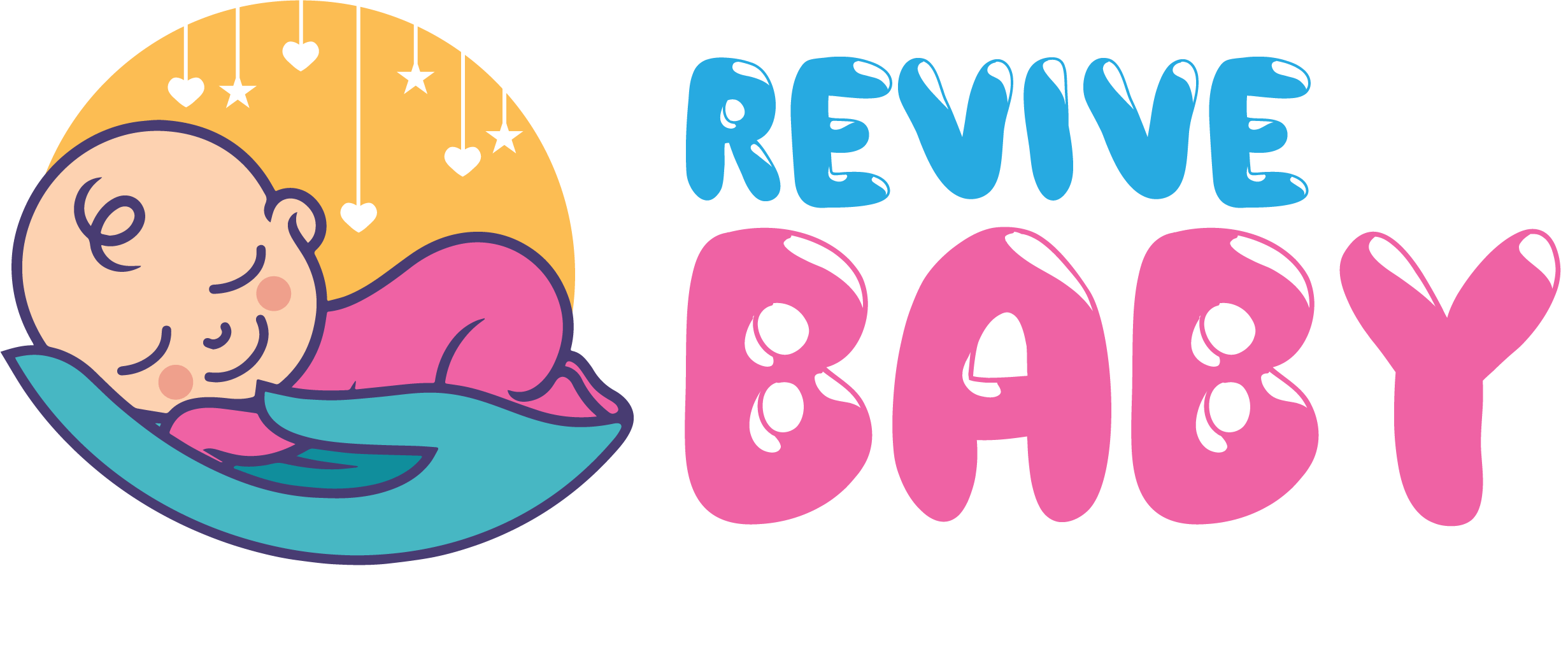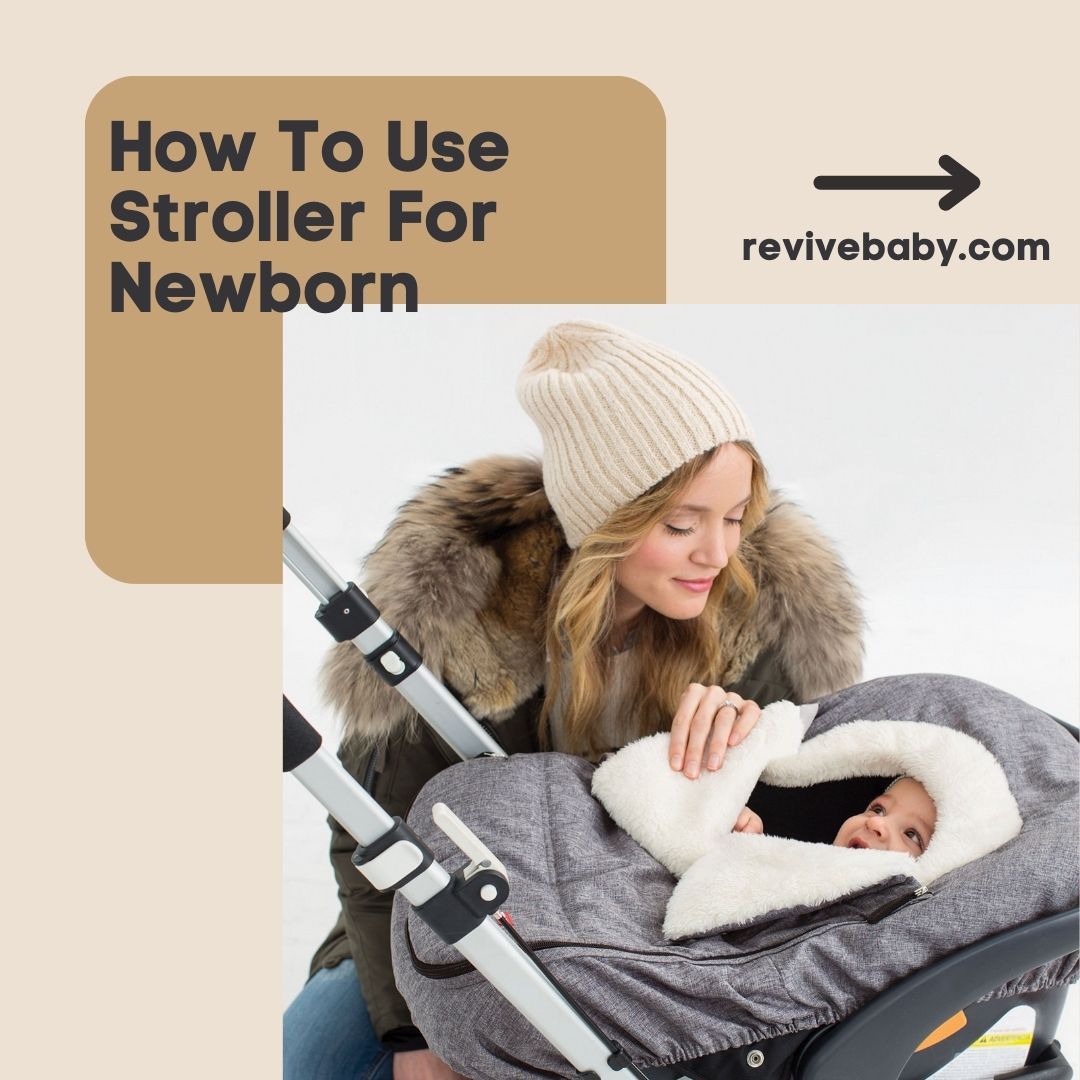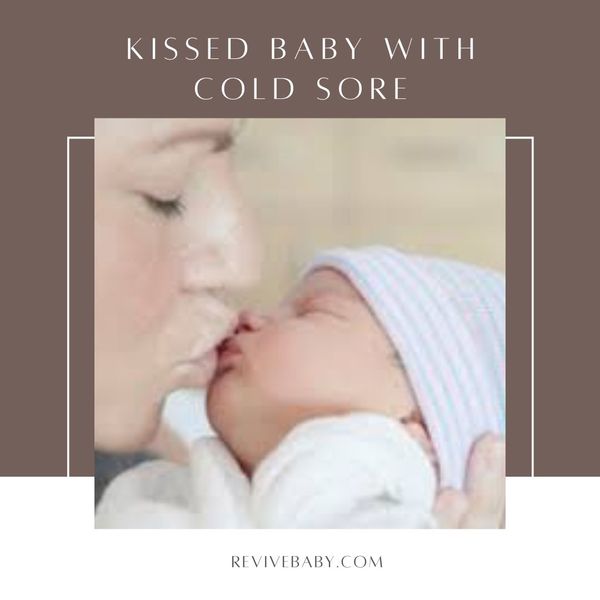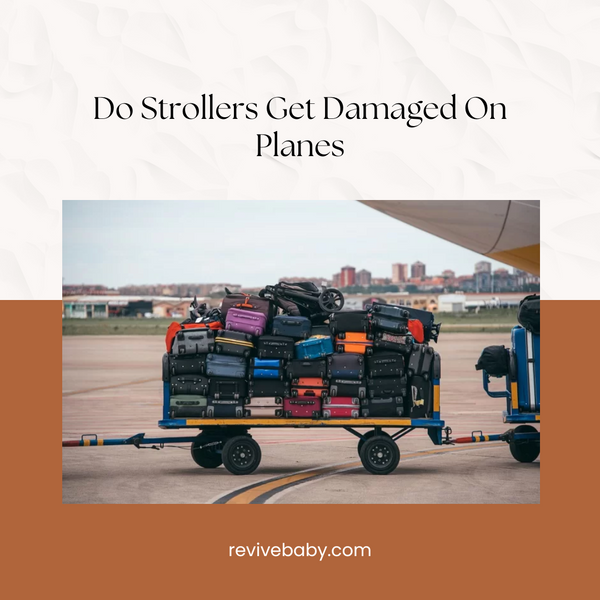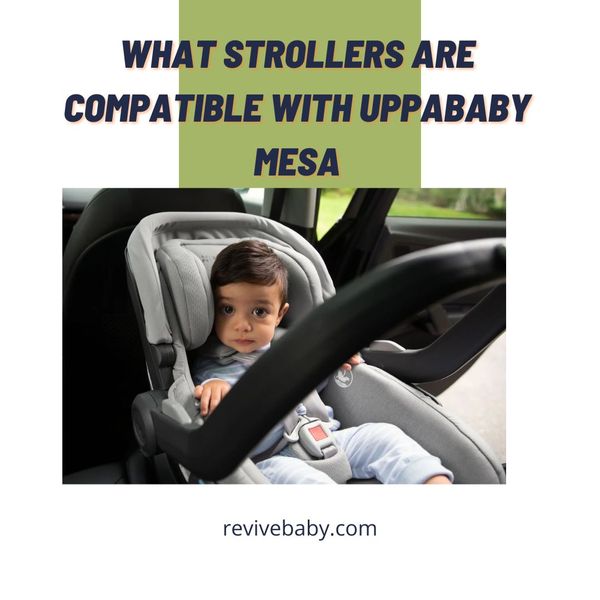In this easy-to-follow guide, we'll take you through everything you need to know about using a stroller for your newborn. We'll cover everything from picking the right stroller and getting it ready for your baby to keeping it safe and comfy. With the right information and thoughtful planning, you can make your early strolls with your newborn enjoyable and memorable.
So, let's get started on this journey together and make those first walks with your newborn truly special.
How To Use Stroller For Newborn? - Safety Guidelines

Here are detailed safety guidelines for using a stroller with a newborn:
1. Choose the Right Stroller

- Select a stroller specifically designed for newborns or one that has a fully reclining seat.
- Ensure the stroller complies with safety standards set by regulatory authorities in your region.
- Look for features like a five-point harness, padded seating, and a sunshade.
2. Assembling and Setting Up
- Carefully follow the manufacturer's instructions for assembly.
- Double-check that all components are securely in place, including wheels, brakes, and locking mechanisms.
- Make sure the stroller frame is stable and can support your baby's weight.
3. Age and Weight Guidelines
- Always adhere to the manufacturer's recommended age and weight limits for the stroller.
- Do not use a stroller designed for older babies or toddlers with a newborn.
4. Buckling Up Your Newborn
- Secure the five-point harness snugly, adjusting it to fit your baby's size.
- The chest clip should be positioned at armpit level to prevent the harness from slipping off the shoulders.
- Avoid overbundling your baby; use lightweight, breathable clothing and blankets.
5. Properly Positioning Your Newborn
- Use the stroller seat in the fully reclined position for newborns. This provides adequate support for their developing spine.
- Utilize the head and neck support the stroller provides, or use a rolled-up receiving blanket.
- Ensure your baby's head is centered and their airway remains clear and unobstructed.
6. Avoiding Hazards
- Keep small objects, toys, or choking hazards out of your baby's reach in the stroller.
- Never leave your newborn unattended in the stroller, even for a moment.
- Be cautious when folding or unfolding the stroller to prevent accidental pinching.
7. Use Safe Accessories
- Only use stroller accessories that the stroller manufacturer approves.
- Attach accessories securely to avoid accidents, making sure they don't interfere with the stroller's safety features.
- Be cautious with sunshades, ensuring they do not obstruct your view of the baby.
8. Staying Alert During the Ride
- Maintain a safe speed and avoid sudden maneuvers, especially on uneven terrain.
- Keep at least one hand on the stroller when going down slopes or navigating rough paths.
- Exercise caution in areas with traffic or crowds, and always yield the right-of-way to pedestrians.
9. Weather Considerations
- Protect your newborn from extreme temperatures by dressing them appropriately. Avoid overdressing or underdressing.
- Using stroller covers or shades designed for your specific model, shield your baby from the sun, rain, and wind.
10. Regular Maintenance
- Routinely inspect the stroller for wear and tear, loose screws, or damaged parts.
- If your stroller has inflatable tires, keep them properly inflated to ensure a smooth ride.
- Following the manufacturer's cleaning instructions, clean the stroller regularly to prevent dirt and mold buildup.
11. Storage and Transportation
- Fold and store the stroller securely when not in use to prevent accidents or damage.
- When transporting the stroller in a vehicle, use appropriate restraints to secure it safely.
Types of Strollers For Newborn
Here are some common types of strollers suitable for newborns, categorized by whether they can be used with or without car seats.
Strollers for Newborns WITHOUT Car Seats
Strollers for Newborns WITH Car Seats
Taking Care of Your Newborn While Strolling

Taking care of your newborn while strolling is fundamental to ensuring their comfort, safety, and well-being during outdoor excursions. Here's an explanation of how to effectively care for your baby while using a stroller:
- Monitoring Comfort: Keep a close eye on your baby's comfort and well-being. Dress them appropriately, ensure their harness is snug but not too tight, and watch for signs of discomfort or distress.
- Regular Stops: Plan breaks during the stroll for diaper changes, feeding, or downtime. Always use designated changing mats for diaper changes.
- Head and Neck Support: Make sure your baby's head and neck are well-supported in a fully reclined stroller seat, as newborns lack neck muscle strength.
- Weather Protection: Shield your baby from the elements with sunshades for sun, rain covers for wet weather, and appropriate clothing.
- Bonding Time: Strolling is an opportunity for bonding. Interact with your baby, narrate your surroundings, and maintain eye contact.
- Mind Noise Levels: Be mindful of noisy environments and use a stroller canopy to reduce sound.
- Temperature Comfort: Dress your baby in layers suitable for the weather, and keep them warm in colder temperatures with blankets or wraps.
- Stay Hydrated: Offer your baby sips of water in warm weather and ensure you both stay hydrated.
Conclusion
Using a stroller with your newborn is a special journey that offers moments for bonding and exploration. Choose the stroller to ensure safety and comfort, monitor your baby's well-being, and always prioritize safety. Take breaks for diaper changes and engage with your baby during walks to build a strong connection. Shield your little one from the elements, stay hydrated, and jump on delightful stroller walks that create cherished moments while keeping your newborn's well-being at the forefront of your adventures.
